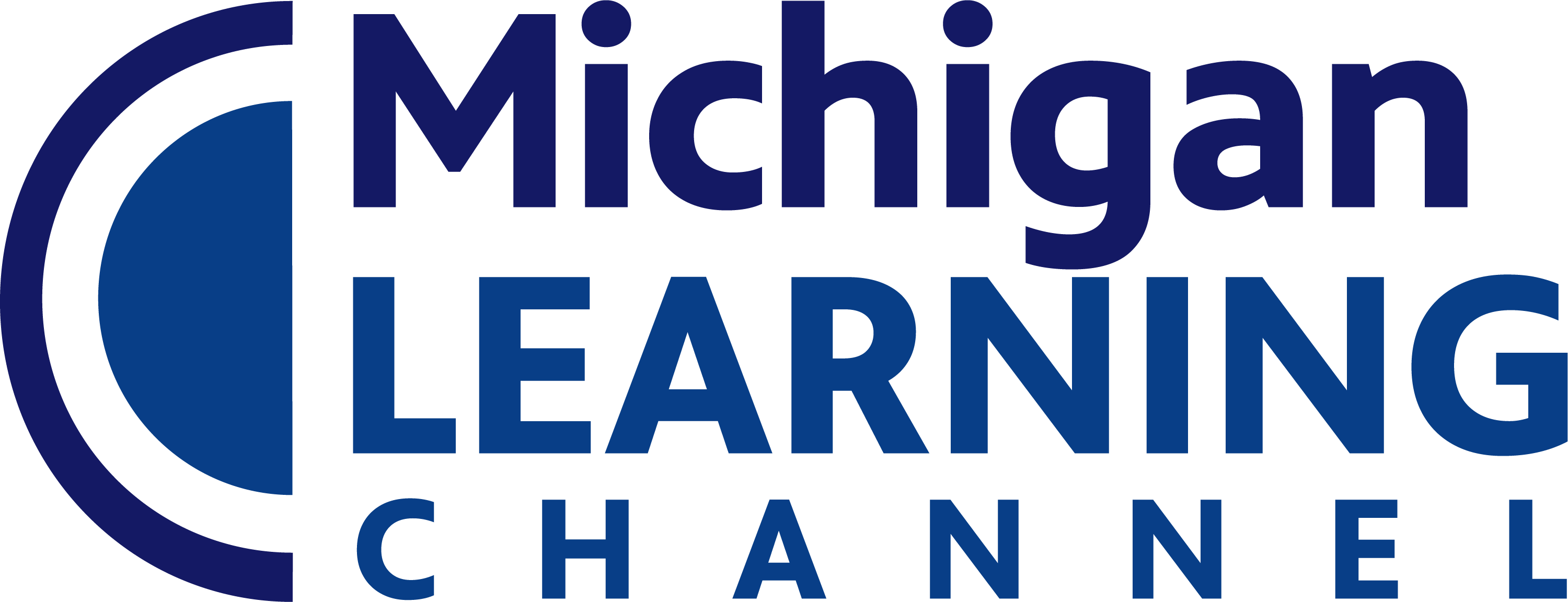Subjects
Shows
I can read grade-level text with understanding. I can read grade-level text accurately. I can monitor and self correct when [...]
Read grade-level text orally with accuracy, appropriate rate, and expression.
Use context to confirm or self-correct word recognition and understanding, rereading as necessary.
I can identify my opinion on a topic or book. I can support my opinion with a reason. I can [...]
I can write informational texts that names a topic, includes facts and a closing.
I can write a personal story about myself with a beginning, middle, and end that includes details.
I can write about a topic. I can answer questions about my writing. I can listen to ideas my teachers [...]
I can define research and explain how research is different from other types of writing. I can research a topic [...]
I can listen to the comments of others and share my own ideas. I can ask questions when I do [...]
Follow agreed-upon rules for discussions (e.g., listening to others with care, speaking one at a time about the topics and [...]
Build on others’ talk in conversations by responding to the comments of others through multiple exchanges.
Ask questions to clear up any confusion about the topics and texts under discussion.
I can identify information from a text being read aloud. I can identify information that is presented in different formats. [...]
I can use details to describe people, places, things, and events. I can express ideas and feelings clearly.
I can identify individuals, events, ideas, or pieces of information in text. I can describe connections between two individuals, two [...]
I can identify unknown words and phrases. I can learn the meanings of words and phrases by asking and answering [...]
I can give examples of text features. I can explain how text features help locate key facts or information. I [...]
I can locate pictures and illustrations in a text. I can tell the difference between what I learned from pictures [...]
I can describe an illustration in a text. I can identify details in a text. I can use the illustrations [...]
I can identify why an author wrote a text. I can identify the points an author makes in a text. [...]
Demonstrate understanding of the organization and basic features of print.
Recognize the distinguishing features of a sentence (e.g., first word, capitalization, ending punctuation).
Demonstrate understanding of spoken words, syllables, and sounds (phonemes).
Distinguish long from short vowel sounds in spoken single-syllable words .
I can identify beginning, middle and ending sounds in one syllable words.
Segment spoken single-syllable words into their complete sequence of individual sounds (phonemes).
Know and apply grade-level phonics and word analysis skills in decoding words.
I can recognize words with final e. I can read words with common vowel teams with long vowel sounds.
Use knowledge that every syllable must have a vowel sound to determine the number of syllables in a printed word.
I can ask questions about important parts in a story. I can answer questions about important parts in a story.
With prompting and support, read prose and poetry of appropriate complexity for grade 1.
I can understand the central message in a story. I can retell stories in my own words, using characters, setting, [...]
I can retell stories in my own words, using characters, setting, and events.
I can identify words and phrases in a story or poem that tell me how something looks, sounds, tastes, feels, [...]
I can read or listen to books that tell stories. I can read or listen to books that give information. [...]
I can identify the characters in a story. I can recognize when more than one character is telling the story. [...]
I can look at the illustrations in a story and describe what I see. I can identify details in a [...]
I can compare and contrast what characters do and feel in the stories I read.
I can ask questions about important facts from an informational text. I can answer questions about important facts from an [...]
Subjects
Shows
I can read grade-level text with understanding. I can read grade-level text accurately. I can monitor and self correct when [...]
Read grade-level text orally with accuracy, appropriate rate, and expression.
Use context to confirm or self-correct word recognition and understanding, rereading as necessary.
I can identify my opinion on a topic or book. I can support my opinion with a reason. I can [...]
I can write informational texts that names a topic, includes facts and a closing.
I can write a personal story about myself with a beginning, middle, and end that includes details.
I can write about a topic. I can answer questions about my writing. I can listen to ideas my teachers [...]
I can define research and explain how research is different from other types of writing. I can research a topic [...]
I can listen to the comments of others and share my own ideas. I can ask questions when I do [...]
Follow agreed-upon rules for discussions (e.g., listening to others with care, speaking one at a time about the topics and [...]
Build on others’ talk in conversations by responding to the comments of others through multiple exchanges.
Ask questions to clear up any confusion about the topics and texts under discussion.
I can identify information from a text being read aloud. I can identify information that is presented in different formats. [...]
I can use details to describe people, places, things, and events. I can express ideas and feelings clearly.
I can identify individuals, events, ideas, or pieces of information in text. I can describe connections between two individuals, two [...]
I can identify unknown words and phrases. I can learn the meanings of words and phrases by asking and answering [...]
I can give examples of text features. I can explain how text features help locate key facts or information. I [...]
I can locate pictures and illustrations in a text. I can tell the difference between what I learned from pictures [...]
I can describe an illustration in a text. I can identify details in a text. I can use the illustrations [...]
I can identify why an author wrote a text. I can identify the points an author makes in a text. [...]
Demonstrate understanding of the organization and basic features of print.
Recognize the distinguishing features of a sentence (e.g., first word, capitalization, ending punctuation).
Demonstrate understanding of spoken words, syllables, and sounds (phonemes).
Distinguish long from short vowel sounds in spoken single-syllable words .
I can identify beginning, middle and ending sounds in one syllable words.
Segment spoken single-syllable words into their complete sequence of individual sounds (phonemes).
Know and apply grade-level phonics and word analysis skills in decoding words.
I can recognize words with final e. I can read words with common vowel teams with long vowel sounds.
Use knowledge that every syllable must have a vowel sound to determine the number of syllables in a printed word.
I can ask questions about important parts in a story. I can answer questions about important parts in a story.
With prompting and support, read prose and poetry of appropriate complexity for grade 1.
I can understand the central message in a story. I can retell stories in my own words, using characters, setting, [...]
I can retell stories in my own words, using characters, setting, and events.
I can identify words and phrases in a story or poem that tell me how something looks, sounds, tastes, feels, [...]
I can read or listen to books that tell stories. I can read or listen to books that give information. [...]
I can identify the characters in a story. I can recognize when more than one character is telling the story. [...]
I can look at the illustrations in a story and describe what I see. I can identify details in a [...]
I can compare and contrast what characters do and feel in the stories I read.
I can ask questions about important facts from an informational text. I can answer questions about important facts from an [...]


